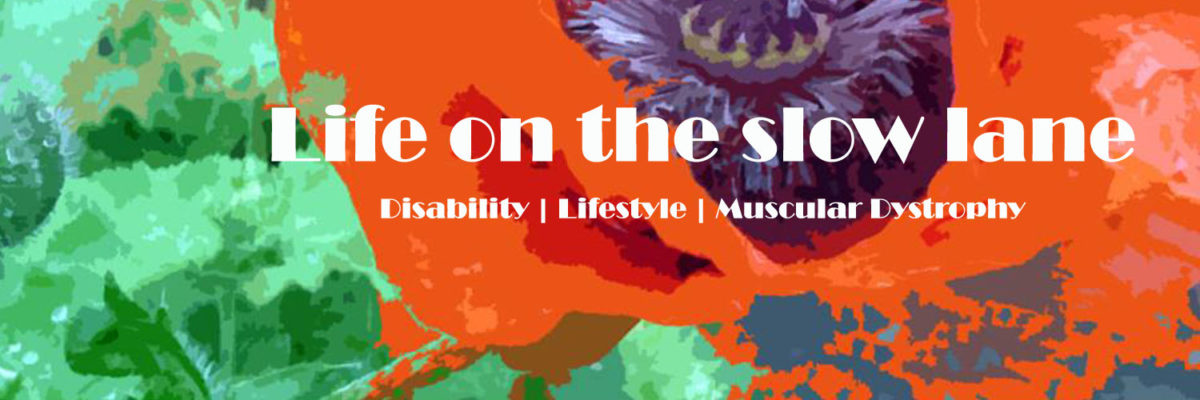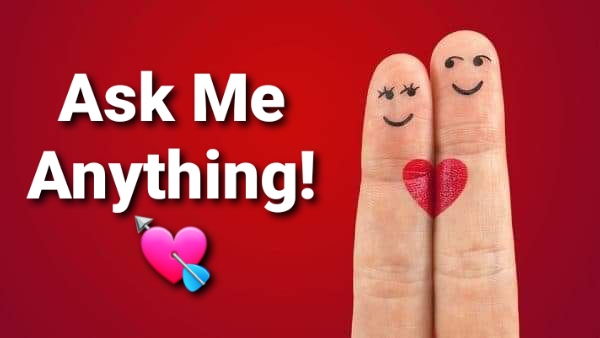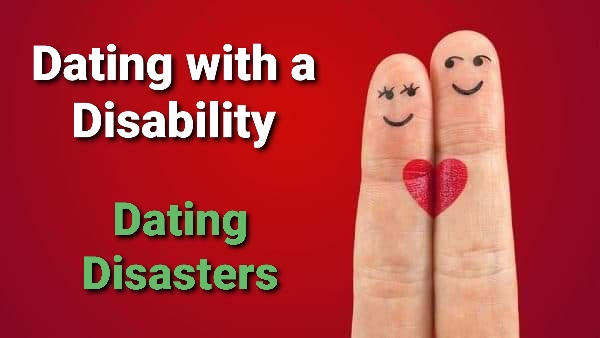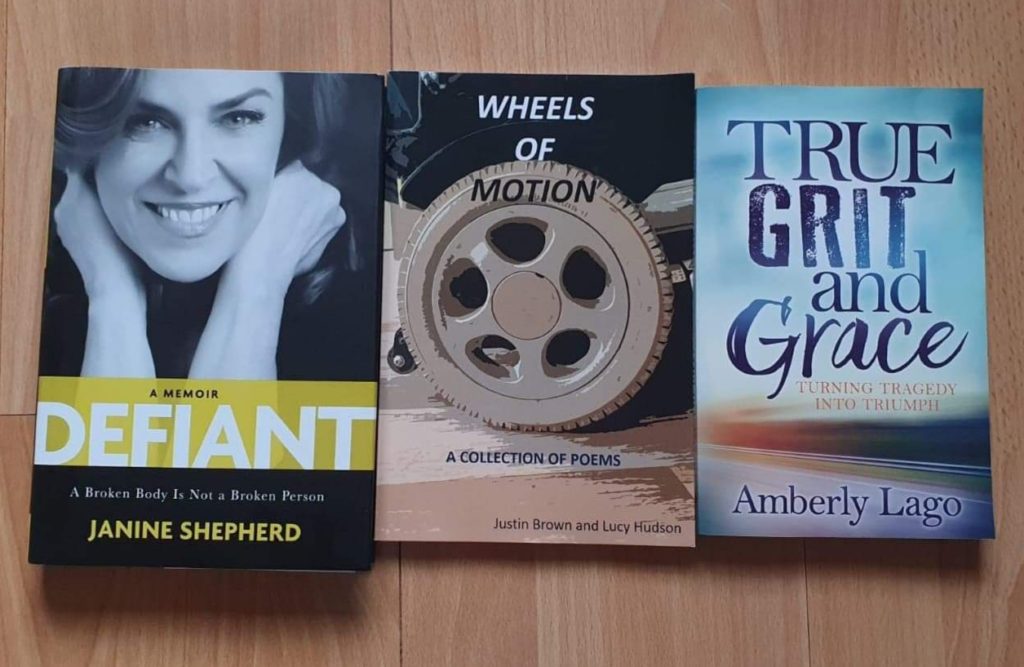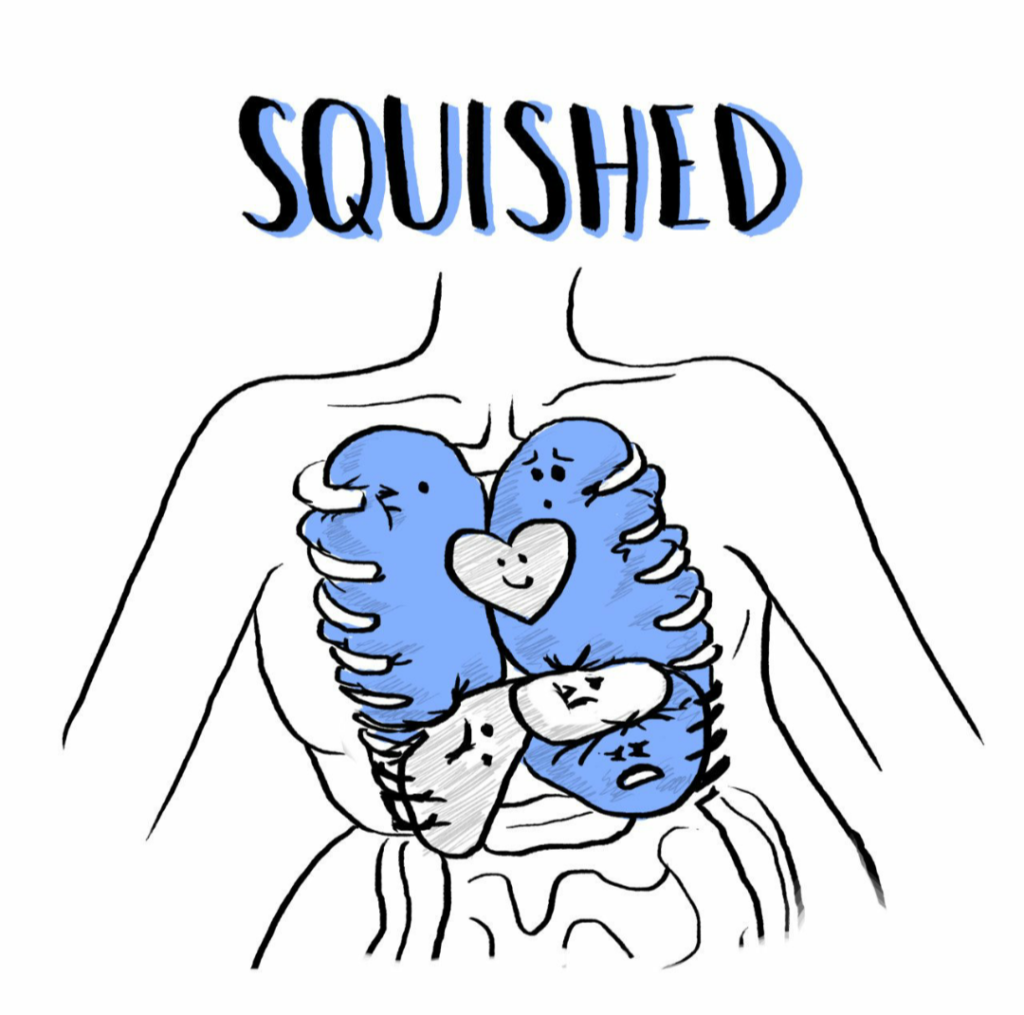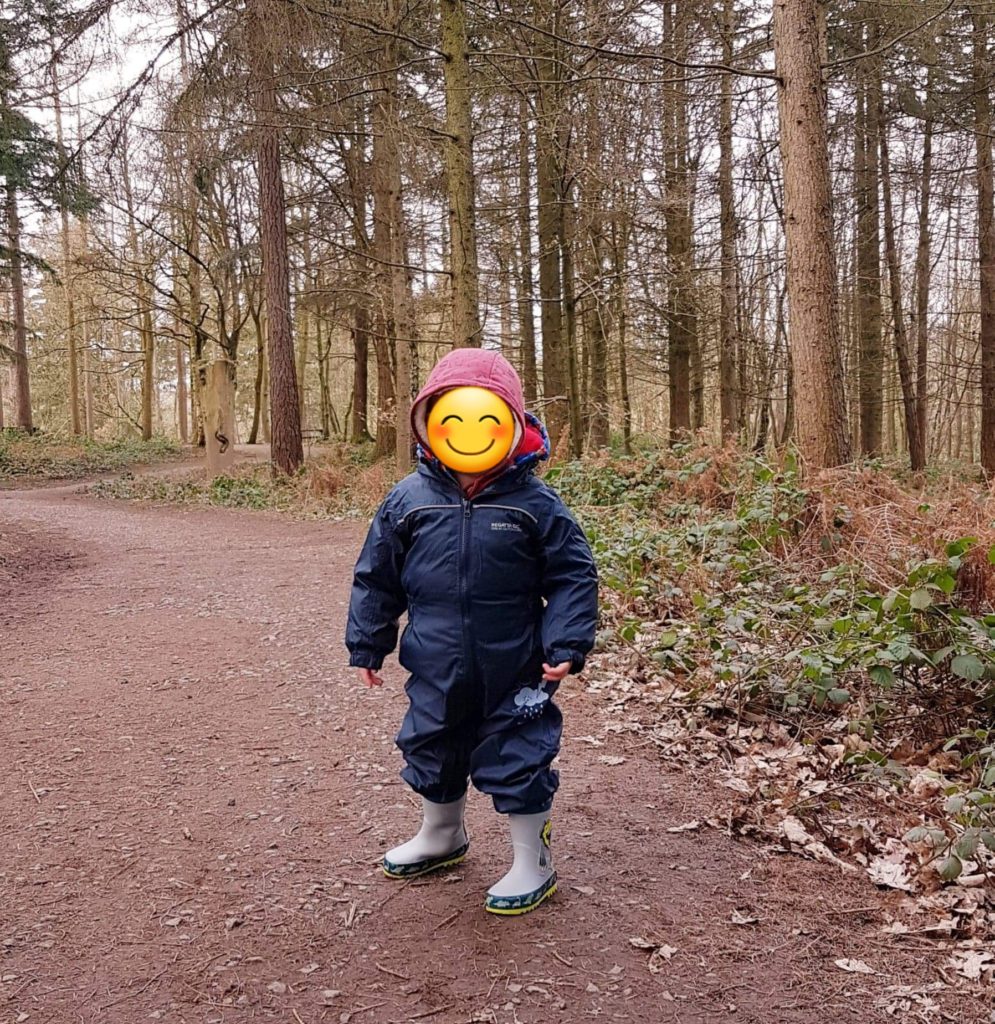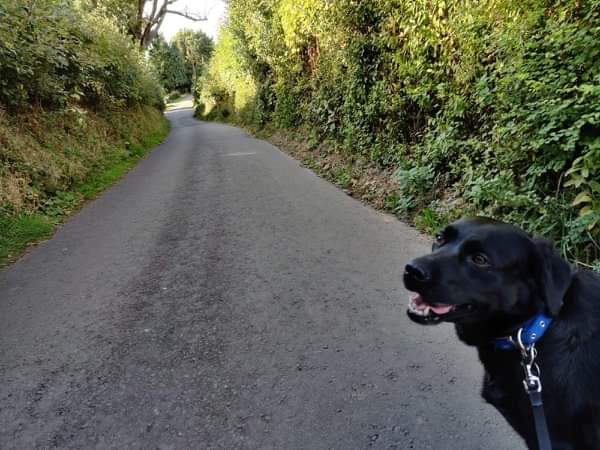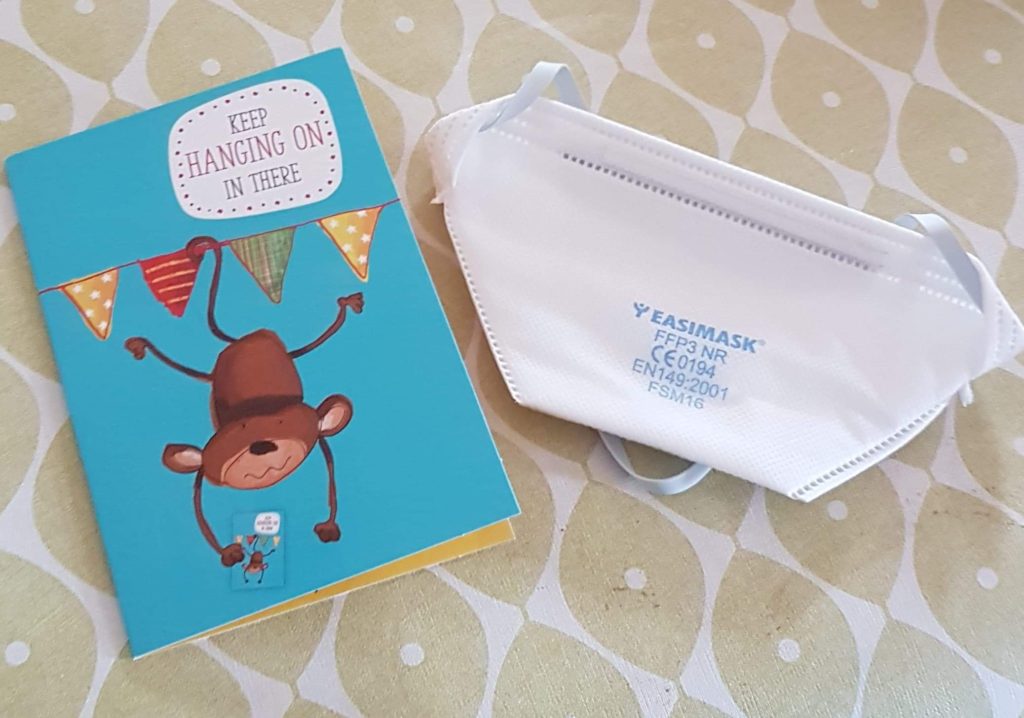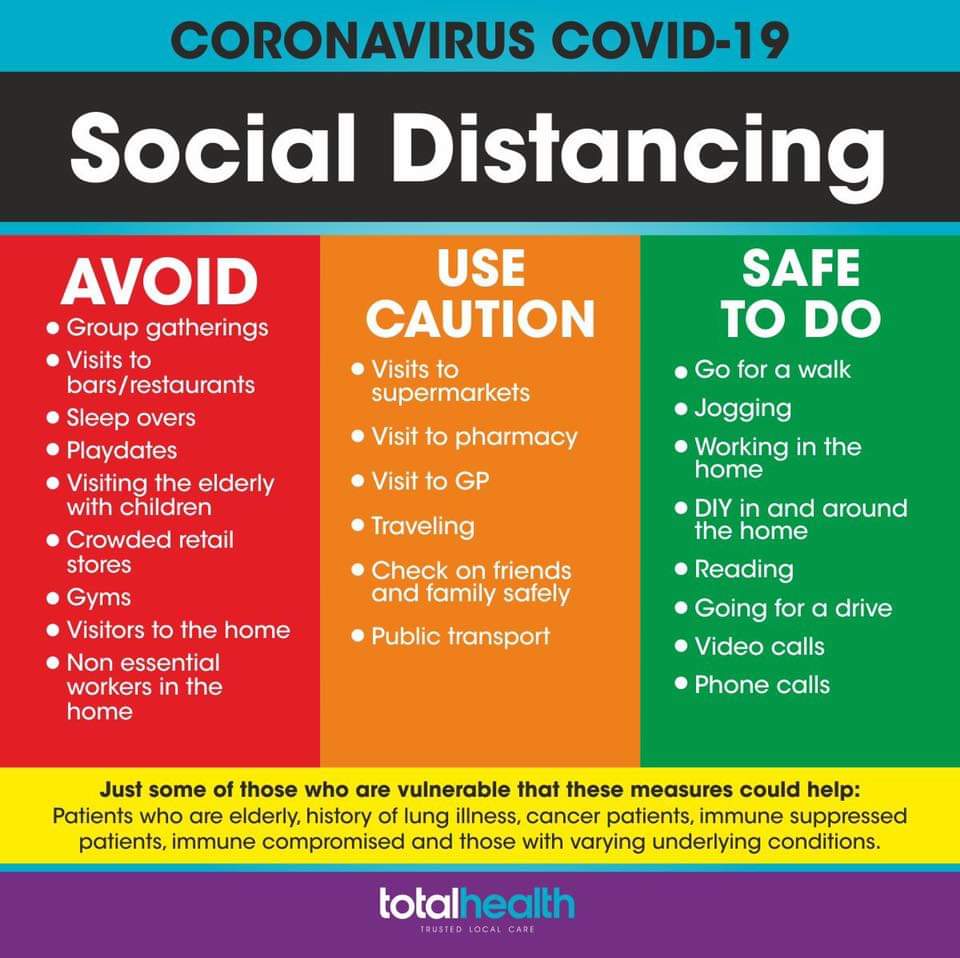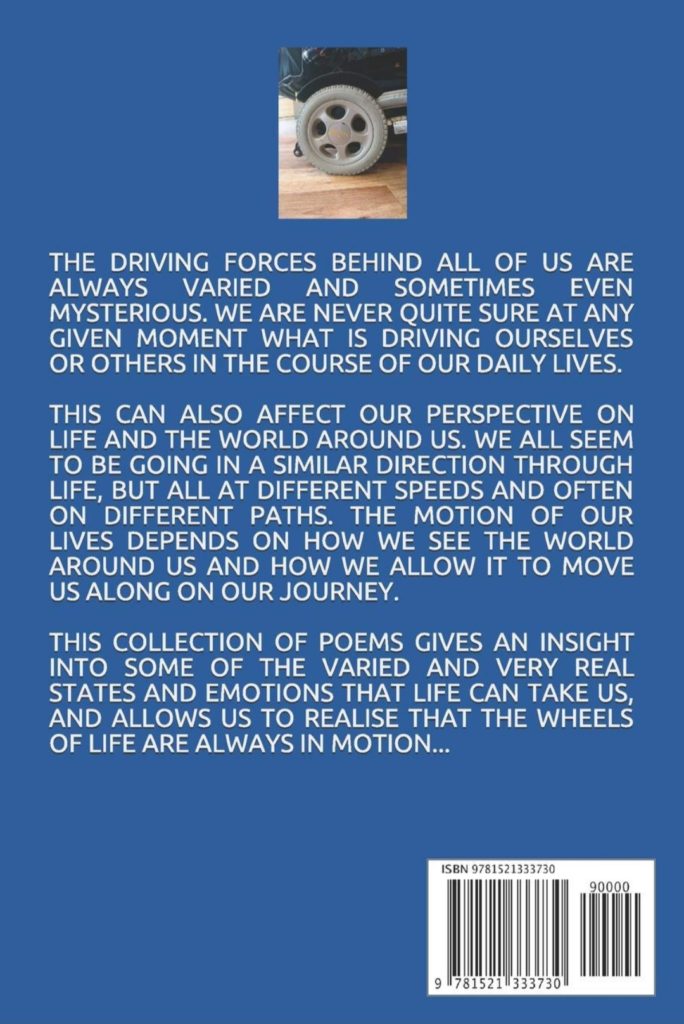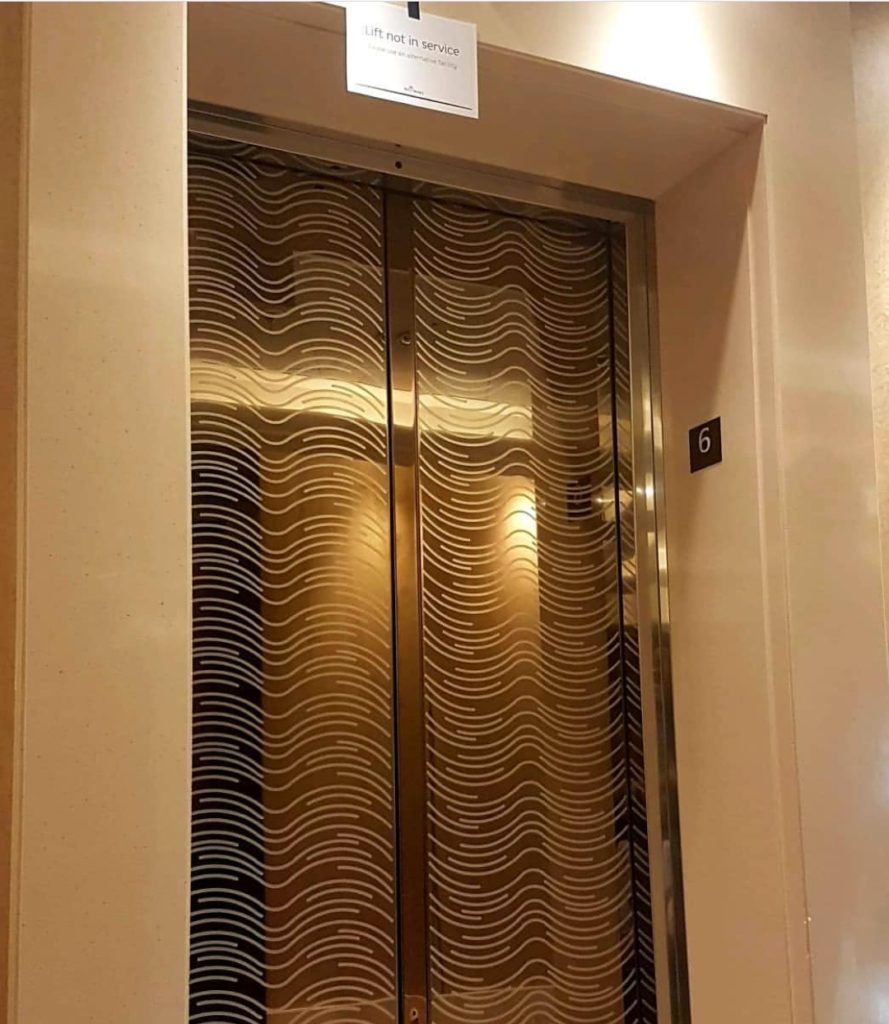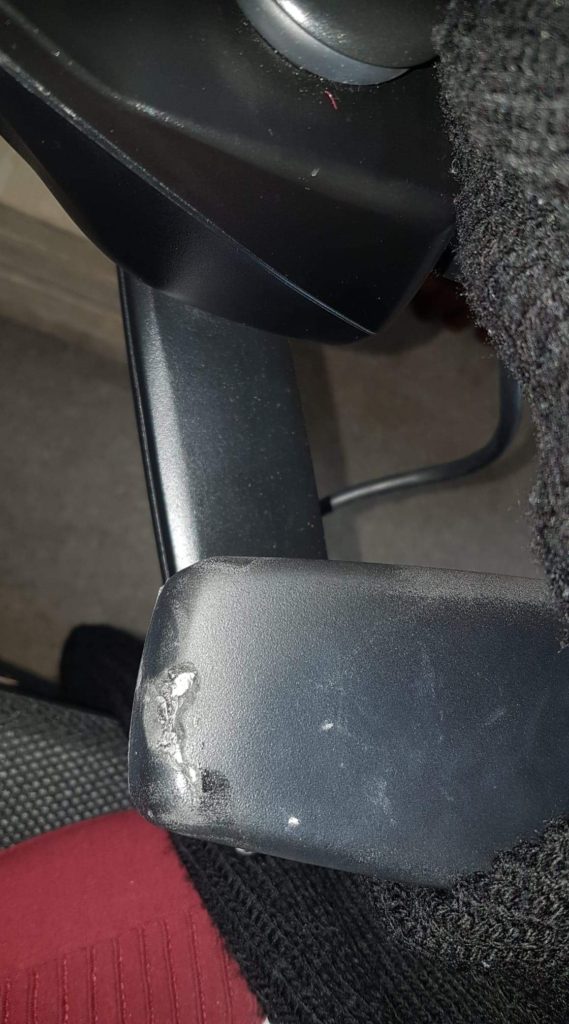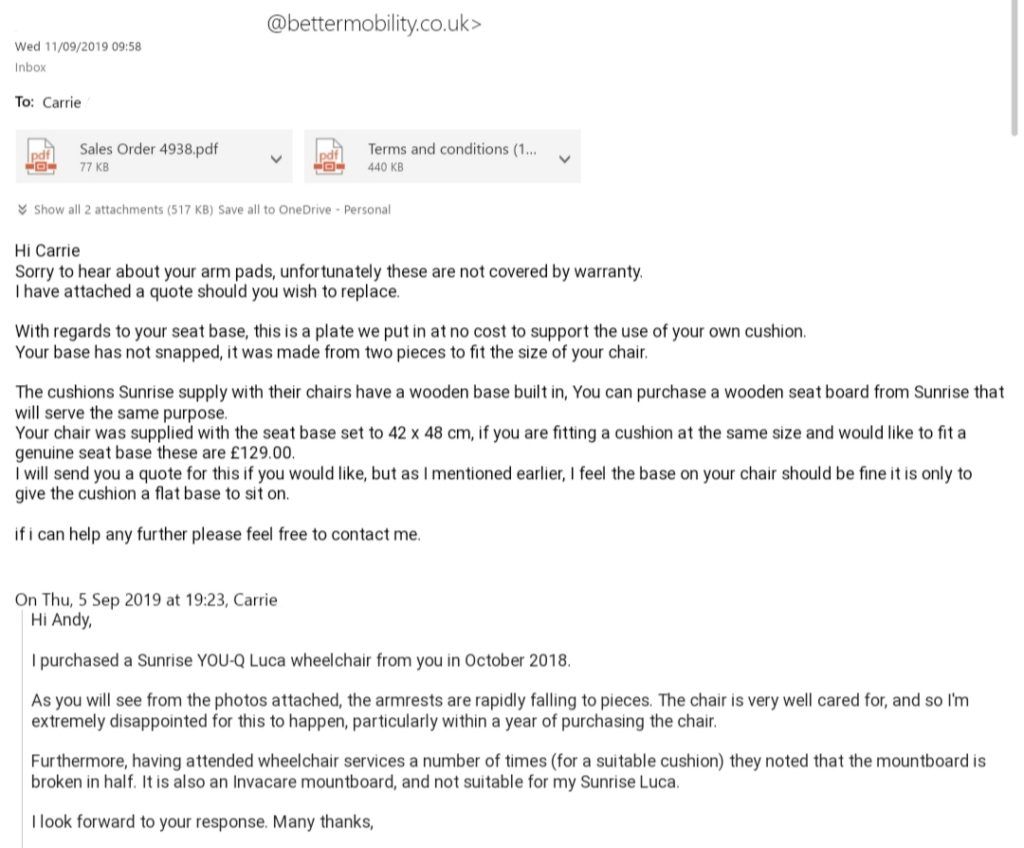In part one, I shared my personal experiences with dating as a non-ambulatory wheelchair-user, as well as some motivational advice.
Part two is a little more light-hearted, giving an insight into some amusing dating disasters!
In this third and final offering, I answer ALL of your burning questions…
Instagram Q&A

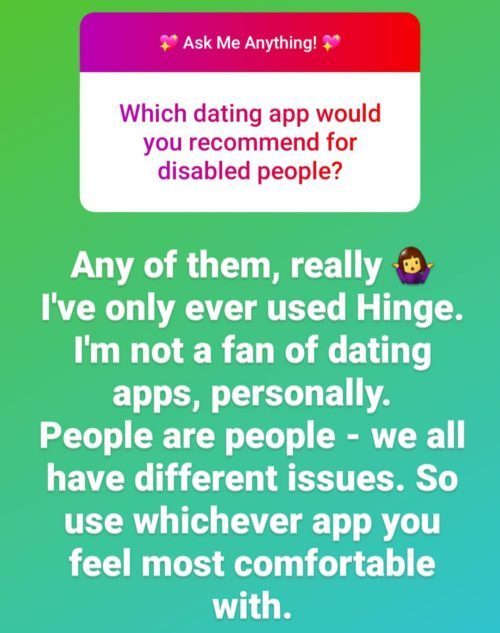
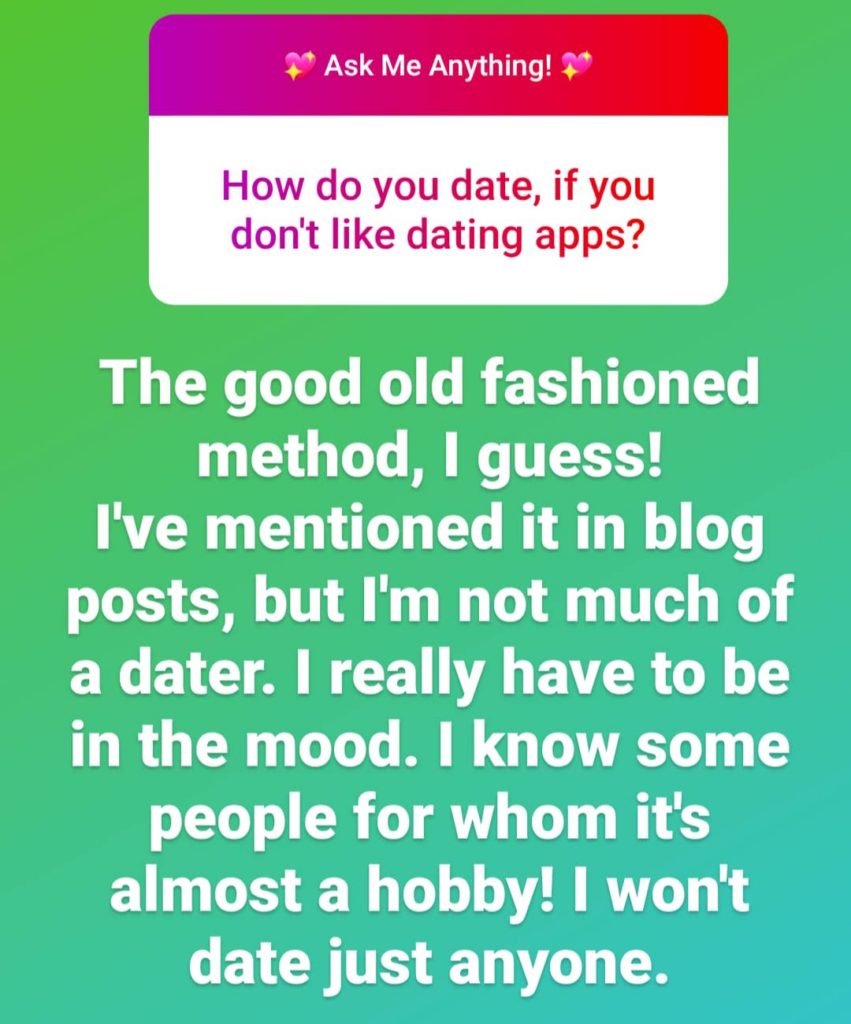


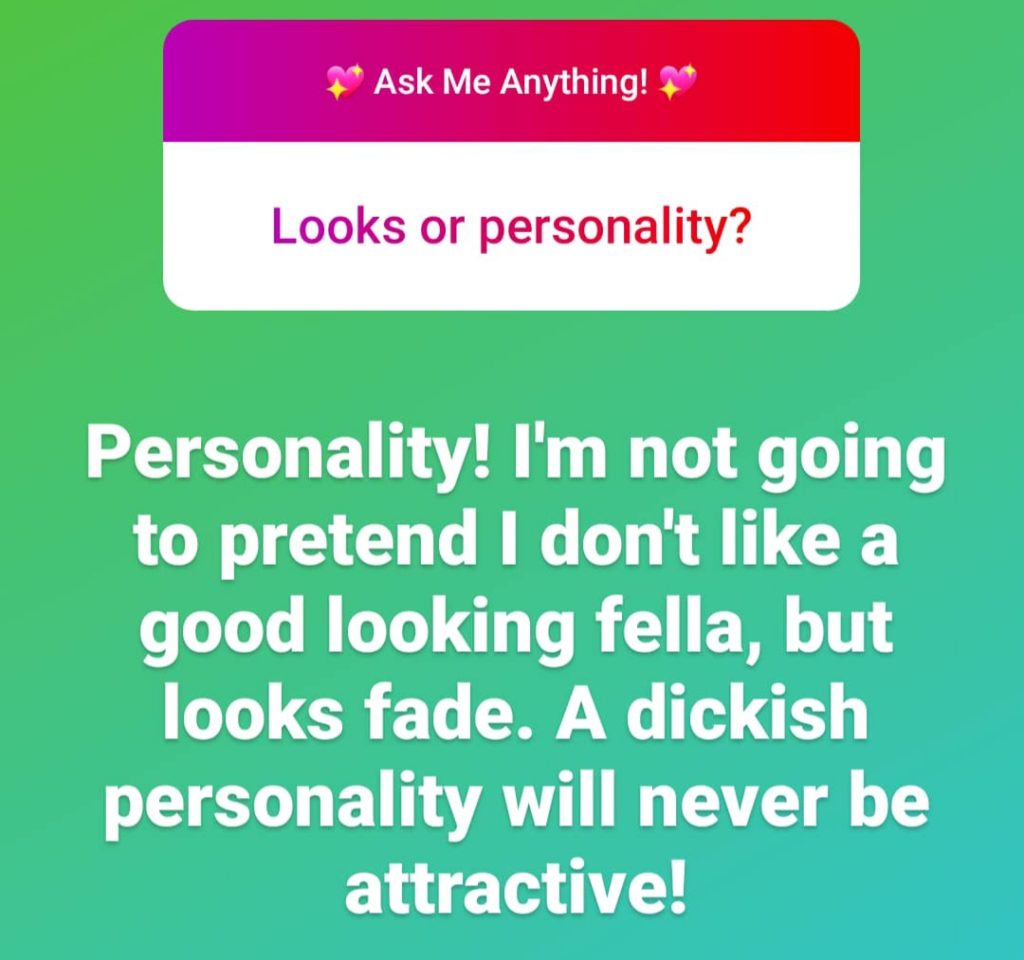
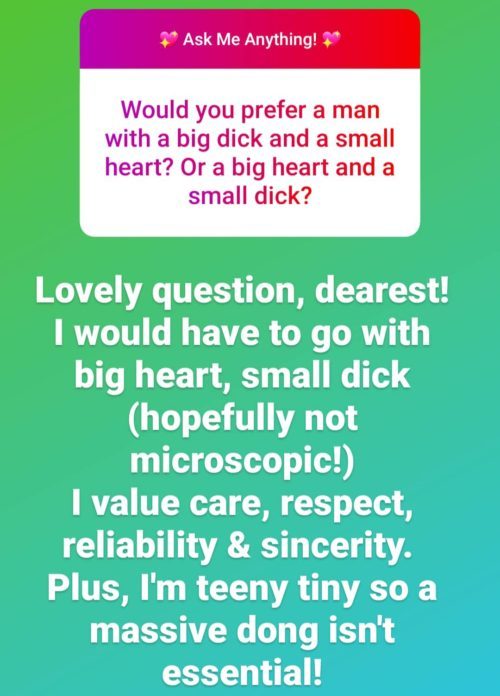
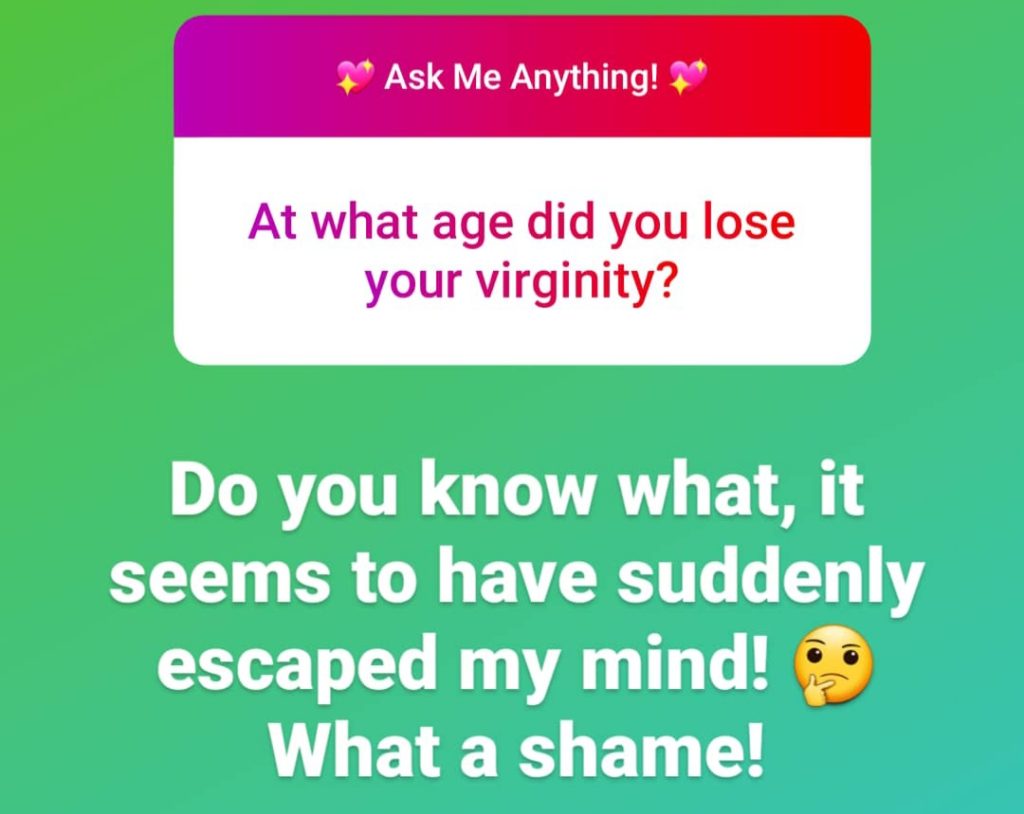

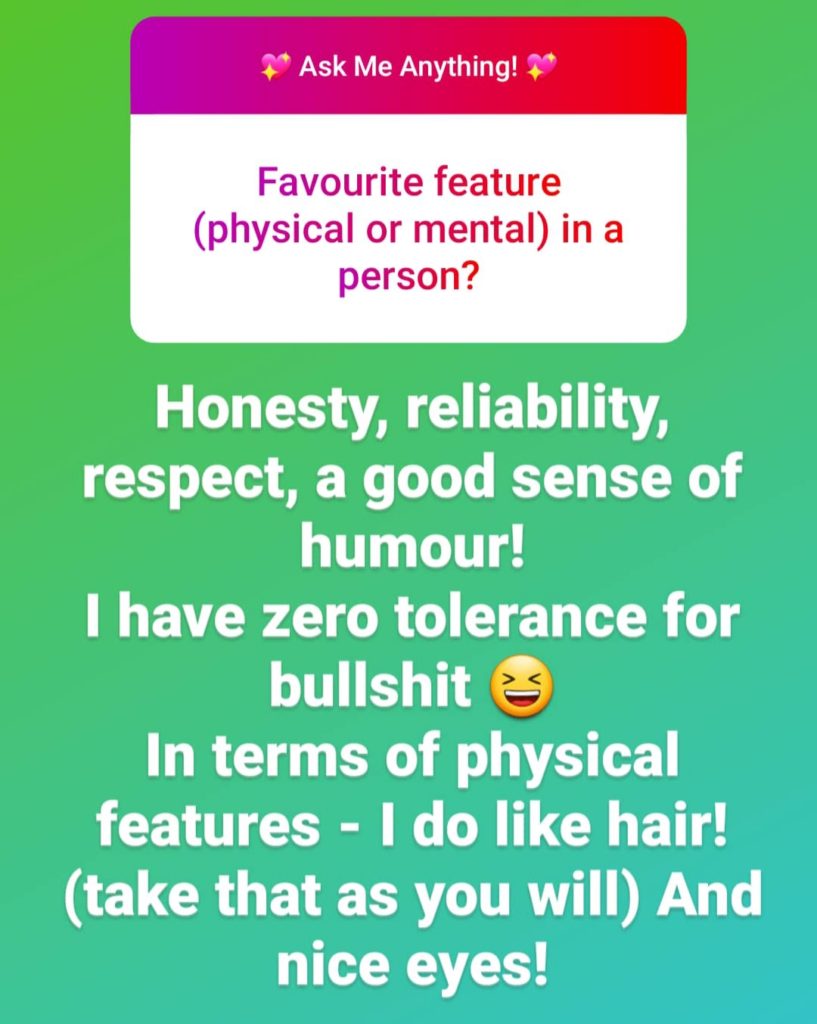

Twitter/Facebook Questions
Q: What tips do you have for disabled people who don’t understand why someone would want to date them?
A: I think it’s natural to lack confidence and feel insecure, regardless of (dis)ability. I’m sure we have all felt this way to some extent. This comes down to how we perceive ourselves and self-worth. I do think we need to find happiness and contentment within ourselves before entering into a potential relationship. Believe me, I know how difficult this is! Also, there comes a point where you just have to take a leap of faith and trust that what this person says is sincere. If they tell you they like you and enjoy your company, trust them! Don’t question it – you will drive yourself mad and eventually irritate them too. Yes, it might go nowhere, but at least you will have allowed yourself that opportunity. Dating is all about confidence, self belief, taking risks and having fun. I hope this helps!
Q: What is the biggest challenge you have faced?
A: Again, for me, it’s all about realising my worth. I am very self-critical and have, at times, convinced myself that no one could ever want me. I thought I was too much to take on; an unnecessary burden. Why would anyone date me when they could go out with an able-bodied girl? But I have been proven wrong. Initially, I was very sceptical and found it hard to believe guys when they told me they liked me. But I soon realised I was doing myself no favours; this was self-destructive behaviour.
Q: What are your biggest insecurities?
A: My body and physical limitations. I am non-ambulant, incredibly petite and have a significant scoliosis (curvature of the spine). I don’t look “normal” and I don’t have a curvy, womanly physique. I would try desperately to disguise this with baggy clothes, and felt embarrassed by my child-sized stature. However, I now make a point of celebrating my tiny, “pixie” frame. After all, being small has it’s advantages! I’m easy to carry and throw around! I am what I am. There’s nothing I can do to change my body. If people don’t like it, that’s absolutely fine – it’s their problem, not mine!
Q: How and when do you reveal your disability and limitations when dating?
A: This can be difficult! For me, it isn’t as simple as, “I can’t walk”. My disability comes with many challenges and health implications. It’s hard trying to explain this to someone who has no knowledge or familiarity with my condition, without overwhelming them with information. I think it’s important that you are willing to answer questions, however silly they might seem. Personally, I don’t take offence when guys ask if I can feel and if I’m able to have sex. It’s natural curiosity! It doesn’t mean that’s all they’re interested in.
